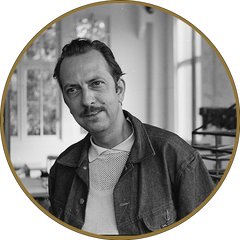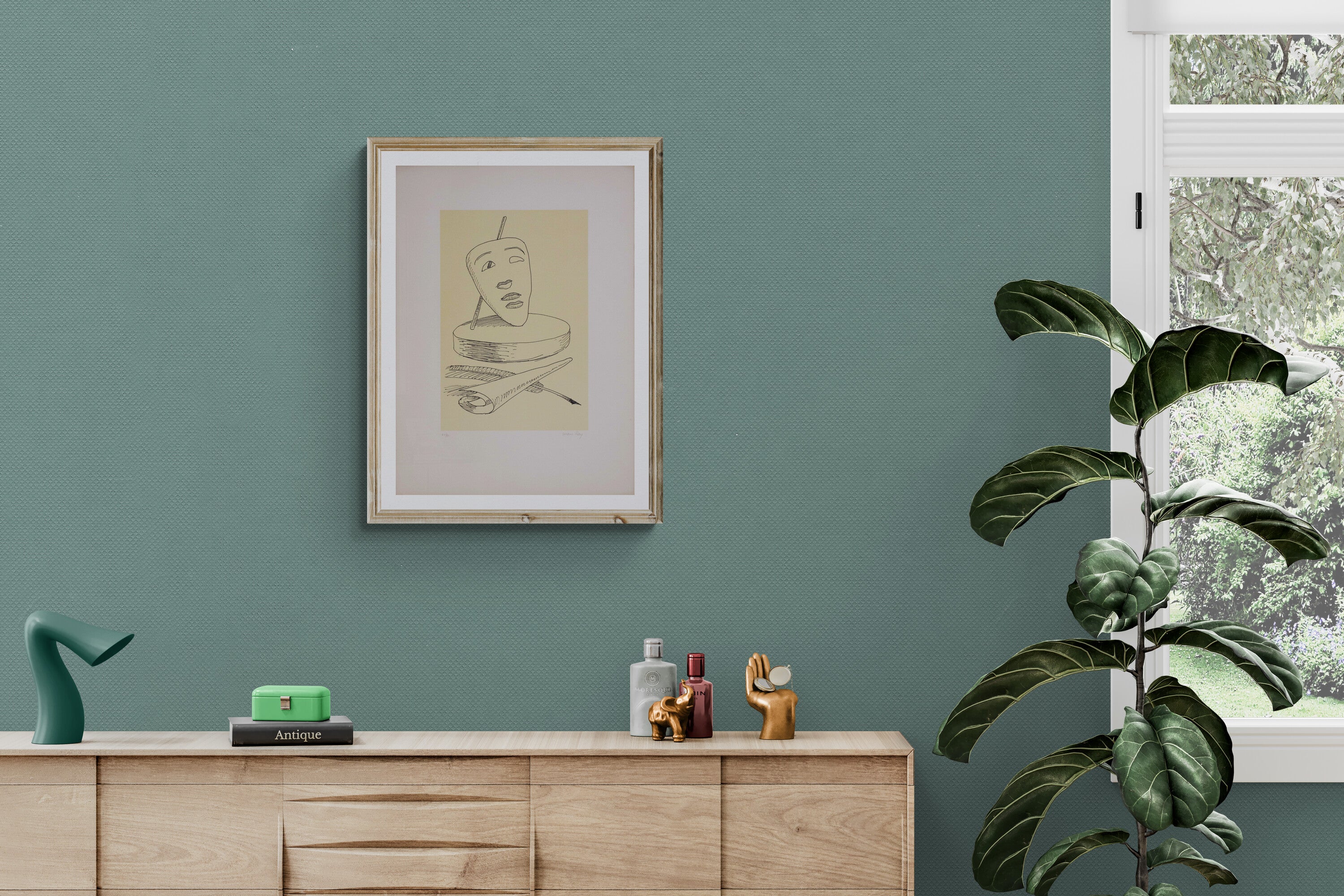Constant Nieuwenhuys biography

Constant Nieuwenhuys, better known as Constant, was a Dutch painter and sculptor among the founders of the Cobra group. He was born in Amsterdam on 21 July 1920. Even as a child, Constant demonstrated great talent in drawing and music. At just sixteen, he painted his first work, De Emmaüsgangers , which depicts the revelation of Jesus to two of his followers at Emmaus. Unable to purchase drawing materials, Constant executed the work on a jute sugar bag with pigments that he had bought from a house painter. After a year of studies at the School of Arts and Crafts, from 1939 to 1941, Constant attended the State Academy of Fine Arts. From 1941 to 1943 he lived and worked in Bergen until that the city is not evacuated by the Germans forcing Constant and his family to return to Amsterdam. During this period, he leads a clandestine life to escape the Nazi occupation. After the war, he freely resumed his artistic activity and began to experiment with multiple techniques.
Returning to Amsterdam in the summer of 1952, Constant developed an interest in spatial architecture and three-dimensional works. In the same year, he received a scholarship from the Arts Council of Great Britain to study in London for three months. Back in Amsterdam he works on the creation of a utopian city: New Babylon , the condition of an "other" culture based on the possibility of creating in freedom. In the same period, Constant and Asger Jorn founded the Situationist International, a movement that brings together the International Movement for an Imagist Bauhaus and the Lettrist International.
Constant passed away in Amsterdam on 1 August 2005.




: invalid url input -->)